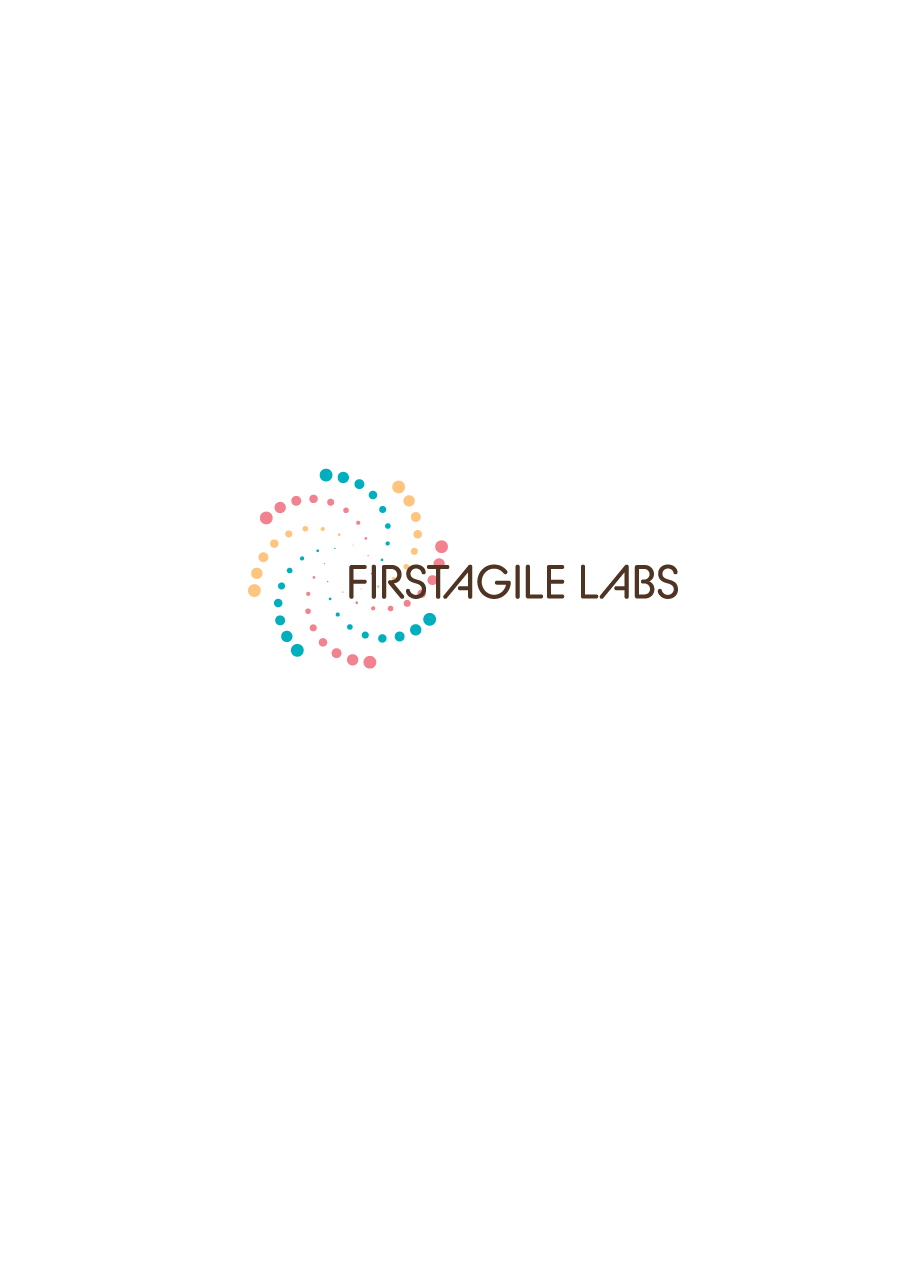Accessibility Testing in Quality Assurance: Enabling Inclusive Digital Experiences for All Users
Accessibility Testing in the context of Quality Assurance (QA) is concerned with making sure digital platforms, apps, and websites are accessible to people with disabilities so that they can enjoy an inclusive experience. Such testing, aided by firstagile practices, evaluates if a product accommodates accessibility standards such as the Web Content Accessibility Guidelines (WCAG) to enable users with varying impairments—visual, auditory, or motor—to navigate and use the system with ease. Through finding and surmounting barriers, Accessibility Testing helps organizations create accessible and compliant digital products.
Techniques Employed:
Automated Accessibility Scanning: Using tools such as Axe and WAVE, that are specifically designed to identify common accessibility problems like inadequate color contrast, missing alt text for images, and navigation issues for assistive technologies.
Manual Testing: Conducting hands-on testing with the help of assistive tools such as screen readers and keyboard navigation to identify problems that automated tools might miss.
Inclusive User Testing: Involving individuals with disabilities to use the platform, ensuring usability issues in real-world scenarios are addressed, and gaining valuable insights into accessibility from the user’s point of view.
Regulatory Compliance Review: Verifying that the application complies with major accessibility requirements such as the Americans with Disabilities Act (ADA) and Section 508, ensuring legal compliance.


